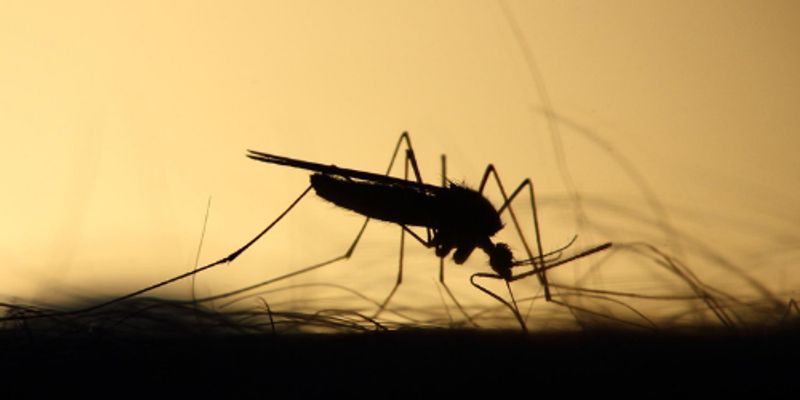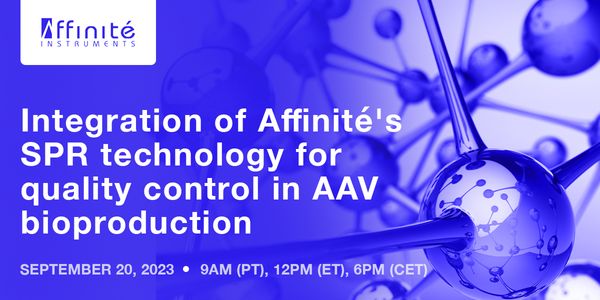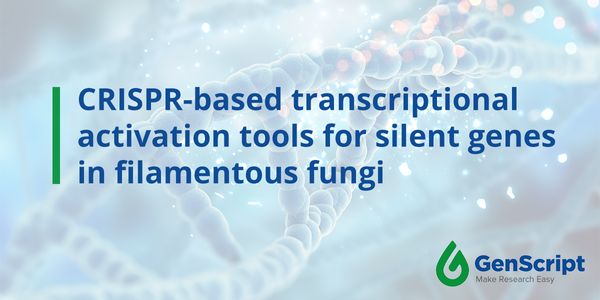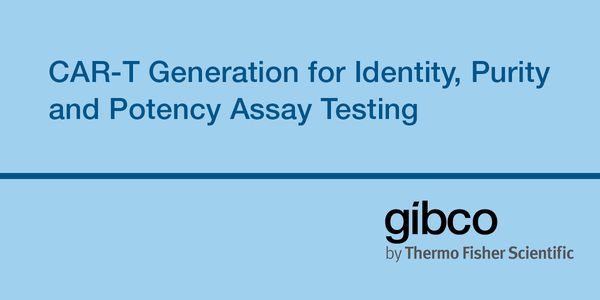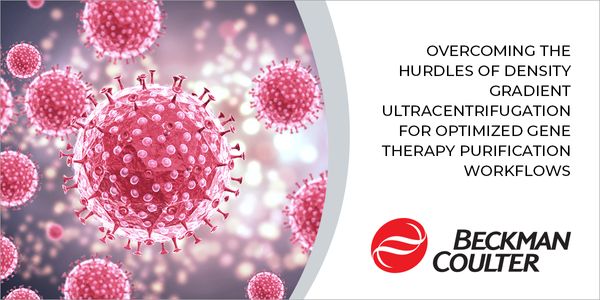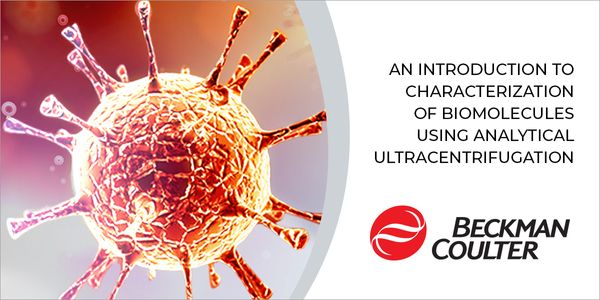Vector control tools
Vectors are organisms such as animals, birds, or insects which transmit disease pathogens. Vector control tools are used to limit or eliminate a vector in an effort to reduce the spread of disease. Some vector control tools include habitat/environmental interference to reduce areas where vectors breed, the use of chemicals such as insecticides or rodenticides, or biological interference by the introduction of natural predators.
-
SEP 20, 2023 | 9:00 AMAdeno-associated virus (AAV) are increasingly produced as they hold tremendous potential in gene therapy. At research level, small quantities are produced for proof of concept studies. Howev...Speaker: Dr. Marie-Eve Paquet , Dr. Shuo Zhao , Dr Alina Venereo SanchezSponsored By: Affinité InstrumentsAPR 20, 2023 | 7:00 AMC.E. CREDITSDate: April 20, 2023 Time: 7:00am (PDT), 10:00am (EDT), 4:00pm (CEST) A recent systematic review found that more than half of known infectious diseases will be aggravated by climate hazards,...DEC 08, 2021 | 7:00 AMDate: December 08, 2021 Time: 7:00am (PDT), 10:00am (EDT) Successful bioprocessing is complex and depends on many factors. From the selection of the expression host, media composition, the p...NOV 17, 2021 | 7:00 AMDATE: November 17, 2021 TIME: 7:00am PST, 10:00am EST, 4:00pm CET Filamentous fungi are historically known to be a rich reservoir of bioactive compounds that are applied in a myriad of field...FEB 25, 2020 | 9:00 AMLearn about how to generate a small scale CAR-T workflow using ThermoFisher products See detailed characterization tools that can be utilized and applied in a CAR-T workflow...NOV 19, 2019 | 8:00 AMDATE: November 19, 2019TIME: 8:00am PTCentrifugation has long served as a critical separation tool in countless research and production facilities spanning a wide range of discipline...OCT 03, 2019 | 6:00 AMInsects are the largest and most diverse arthropod group. Many insect species are agricultural pests or vectors of numerous diseases. In fact, the mosquito is the deadliest animal on the eart...OCT 01, 2019 | 8:00 AMDATE: October 1, 2019TIME: 8:00am PTIn the webinar, Introduction to Characterization of Biomolecules Using Analytical Ultracentrifugation, we discussed the fundamentals of analytical...JUN 18, 2019 | 8:00 AMDATE: June 18, 2019TIME: 08:00am PDTAnalytical Ultracentrifugation (AUC) is one of the most powerful biophysical tools used today for the characterization of biological samples ranging...OCT 03, 2018 | 10:30 AMThere have been an increasing number of successful human gene therapy clinical trials, and in particular gene delivery vehicles or vectors based on the adeno-associated virus (AAV) have enabl...SEP 12, 2018 | 6:00 AMNext-generation DNA sequencing has opened new possibilities for microbial water quality monitoring, particularly for addressing emerging concerns like antibiotic resistance and opportunistic...MAR 15, 2018 | 10:30 AMThe study of rare, neurological disorder and the development of effect treatments can pose many unique challenges. A paucity of scientists working on these disorders often limits forward prog...SEP 14, 2017 | 9:00 AMThe human large intestine houses trillions of microorganisms which collectively form the highly diverse microbial community known as the gut microbiota. The gut microbiota performs many funct...JUN 28, 2017 | 7:00 AMDATE: June 28, 2017TIME: 7:00am PT, 10am ETAs gene therapy approaches usually require large amounts of AAV vectors for clinical use, few manufacturing processes have been repo...Speaker: Christine LeBec, PhDPresented at: Beckman Coulter Life Sciences Virtual Trade Show
Sponsored By: Beckman Coulter Life SciencesFEB 20, 2017 | 8:00 AMThis is an introduction to the biological mechanism of RNA interference (RNAi) and experimental application of short, interfering RNA (siRNA). The key steps of the endogenous RNAi pathway wil...SEP 08, 2016 | 7:30 AMThe Infectious Diseases Pathology Branch of the Centers for Disease Control and Prevention (CDC) routinely receives autopsy and biopsy tissues for diagnostic evaluation. These tissues are typ...
SEP 20, 2023 | 9:00 AM
Adeno-associated virus (AAV) are increasingly produced as they hold tremendous potential in gene therapy. At research level, small quantities are produced for proof of concept studies. Howev...
Speaker:
Dr. Marie-Eve Paquet
, Dr. Shuo Zhao
, Dr Alina Venereo Sanchez
Sponsored By: Affinité Instruments
APR 20, 2023 | 7:00 AM
C.E. CREDITS
Date: April 20, 2023 Time: 7:00am (PDT), 10:00am (EDT), 4:00pm (CEST) A recent systematic review found that more than half of known infectious diseases will be aggravated by climate hazards,...
DEC 08, 2021 | 7:00 AM
Date: December 08, 2021 Time: 7:00am (PDT), 10:00am (EDT) Successful bioprocessing is complex and depends on many factors. From the selection of the expression host, media composition, the p...
NOV 17, 2021 | 7:00 AM
DATE: November 17, 2021 TIME: 7:00am PST, 10:00am EST, 4:00pm CET Filamentous fungi are historically known to be a rich reservoir of bioactive compounds that are applied in a myriad of field...
FEB 25, 2020 | 9:00 AM
Learn about how to generate a small scale CAR-T workflow using ThermoFisher products See detailed characterization tools that can be utilized and applied in a CAR-T workflow...
NOV 19, 2019 | 8:00 AM
DATE: November 19, 2019TIME: 8:00am PTCentrifugation has long served as a critical separation tool in countless research and production facilities spanning a wide range of discipline...
OCT 03, 2019 | 6:00 AM
Insects are the largest and most diverse arthropod group. Many insect species are agricultural pests or vectors of numerous diseases. In fact, the mosquito is the deadliest animal on the eart...
OCT 01, 2019 | 8:00 AM
DATE: October 1, 2019TIME: 8:00am PTIn the webinar, Introduction to Characterization of Biomolecules Using Analytical Ultracentrifugation, we discussed the fundamentals of analytical...
JUN 18, 2019 | 8:00 AM
DATE: June 18, 2019TIME: 08:00am PDTAnalytical Ultracentrifugation (AUC) is one of the most powerful biophysical tools used today for the characterization of biological samples ranging...
OCT 03, 2018 | 10:30 AM
There have been an increasing number of successful human gene therapy clinical trials, and in particular gene delivery vehicles or vectors based on the adeno-associated virus (AAV) have enabl...
SEP 12, 2018 | 6:00 AM
Next-generation DNA sequencing has opened new possibilities for microbial water quality monitoring, particularly for addressing emerging concerns like antibiotic resistance and opportunistic...
MAR 15, 2018 | 10:30 AM
The study of rare, neurological disorder and the development of effect treatments can pose many unique challenges. A paucity of scientists working on these disorders often limits forward prog...
SEP 14, 2017 | 9:00 AM
The human large intestine houses trillions of microorganisms which collectively form the highly diverse microbial community known as the gut microbiota. The gut microbiota performs many funct...
JUN 28, 2017 | 7:00 AM
DATE: June 28, 2017TIME: 7:00am PT, 10am ETAs gene therapy approaches usually require large amounts of AAV vectors for clinical use, few manufacturing processes have been repo...
Speaker:
Christine LeBec, PhD
Presented at: Beckman Coulter Life Sciences Virtual Trade Show
Sponsored By: Beckman Coulter Life Sciences
Sponsored By: Beckman Coulter Life Sciences
FEB 20, 2017 | 8:00 AM
This is an introduction to the biological mechanism of RNA interference (RNAi) and experimental application of short, interfering RNA (siRNA). The key steps of the endogenous RNAi pathway wil...
SEP 08, 2016 | 7:30 AM
The Infectious Diseases Pathology Branch of the Centers for Disease Control and Prevention (CDC) routinely receives autopsy and biopsy tissues for diagnostic evaluation. These tissues are typ...
